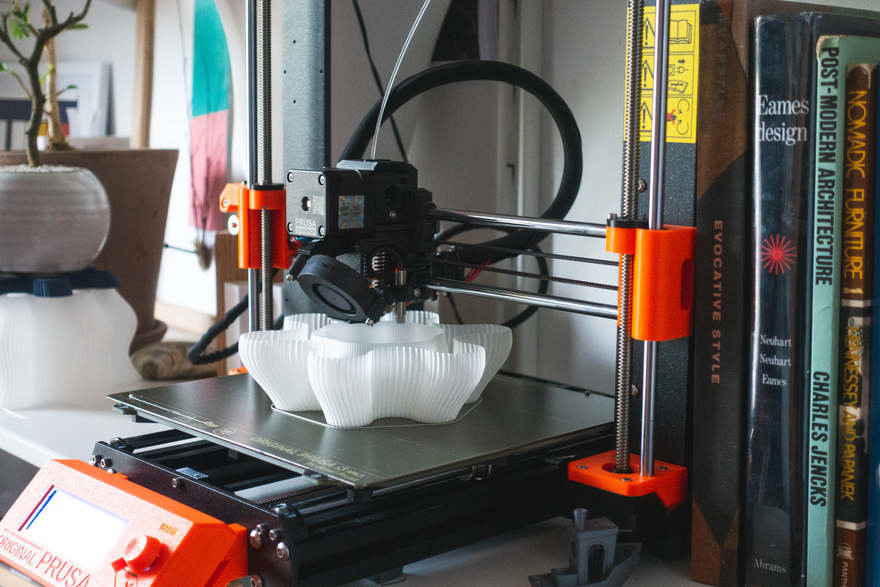While Russia's attacks on Ukraine continue, factories in unaffected areas continue to run. They have to. "We need work," says Roman, a factory line leader for consumer electronics manufacturer Linedock, which has facilities in western Ukraine. "We have mouths to feed and bills to pay. We must carry on." At press time, Linedock's factories were approximately 200 miles from the nearest combat zone.

For the survival of Ukraine, it's important to keep the flow of cash coming into the country. Thus Linedock has launched the Robinwood Project, an initiative whereby the purchase of a Ukraine-designed, Ukraine-sourced product will see all of the profits donated to NGOs in-country and on the ground. The first object they're offering is the Storm Lamp, by Ukrainian industrial designer Julia Kononenko. It's made from laser-cut plywood sourced from the region.







"All Robinwood products are made using Ukrainian wood exclusively, a sustainable resource that is plentiful, even in times of war. Plywood is produced locally (3 miles away from our factory) and has no known military application to date. Ukraine is a major source of wood in Europe, ranking 6th in Europe in terms of timber reserves."

"All manufacturing facilities are located in western Ukraine, 200 miles away from combat zones. Final assembly is the most manual labor intensive step of the production, currently relying on a staff of 30-60 workers. The factory has direct access to a soviet era nuclear bunker where workers can shelter within 2 min, should air raid sirens start blasting. Since March 15th transport of goods through the Ukrainian-Polish border has resumed and is on par with pre-war efficiency."

"We have daily calls with our production team and are reassessing our contingency plan weekly. May the conflict progress to the west, manufacturing and sales of Robinwood products would be stopped until the situation reaches necessary safety levels."

Linedock has selected the following NGOs to donate to:
- Humanitarian Aid and Medical Supply : Vostok-SOS
- Food Supply : World Central Kitchen
- Childcare : Voices of Children
- Protection of civilians and army (non-lethal) : KOLO
The Storm Lamp is available here.
from Core77 https://ift.tt/7Bb6Xlv
via IFTTT





































































